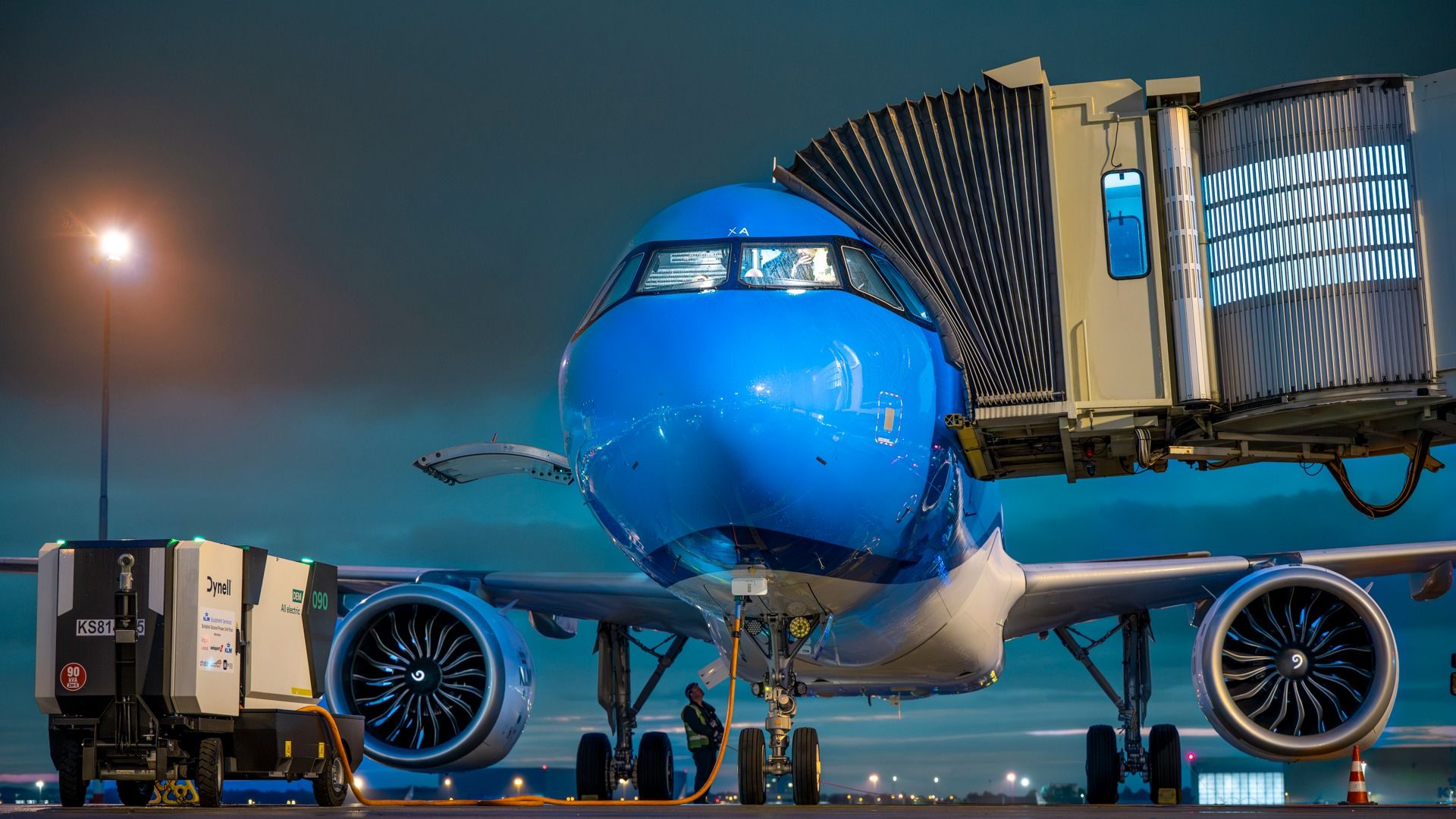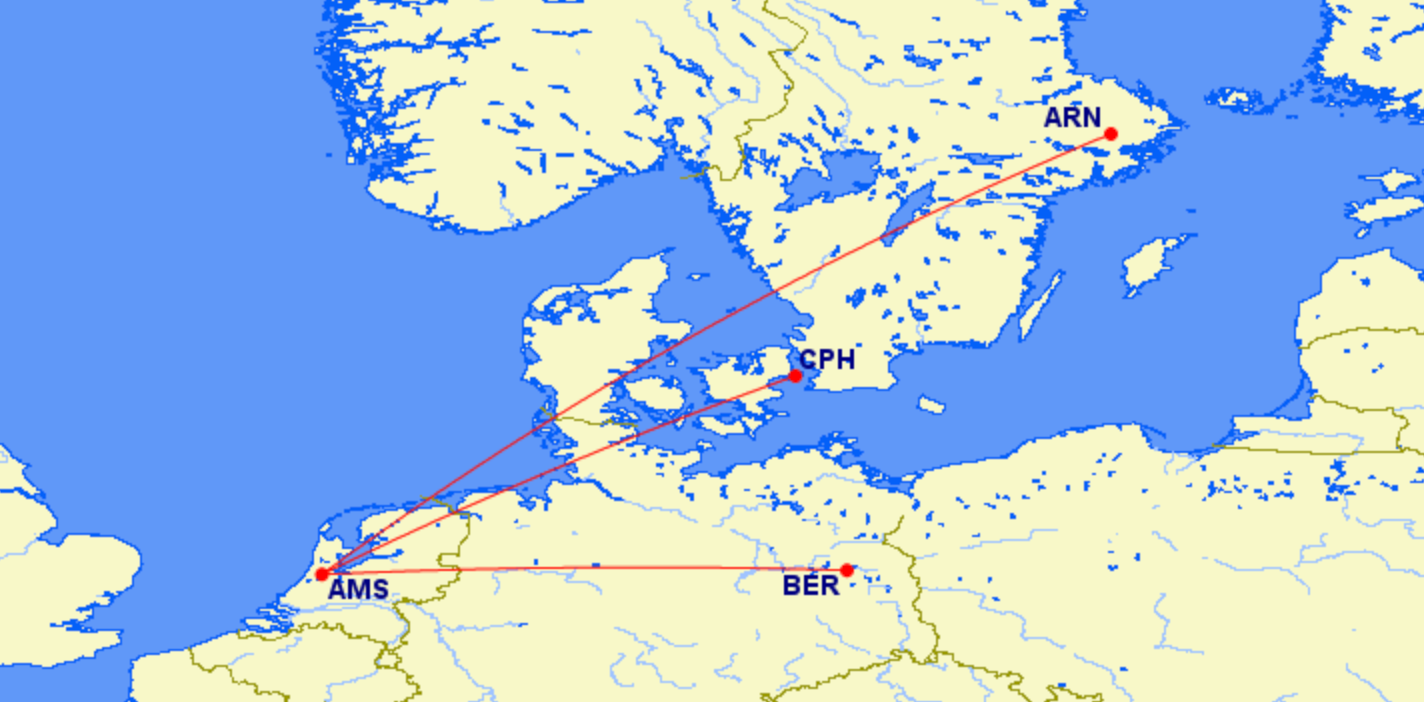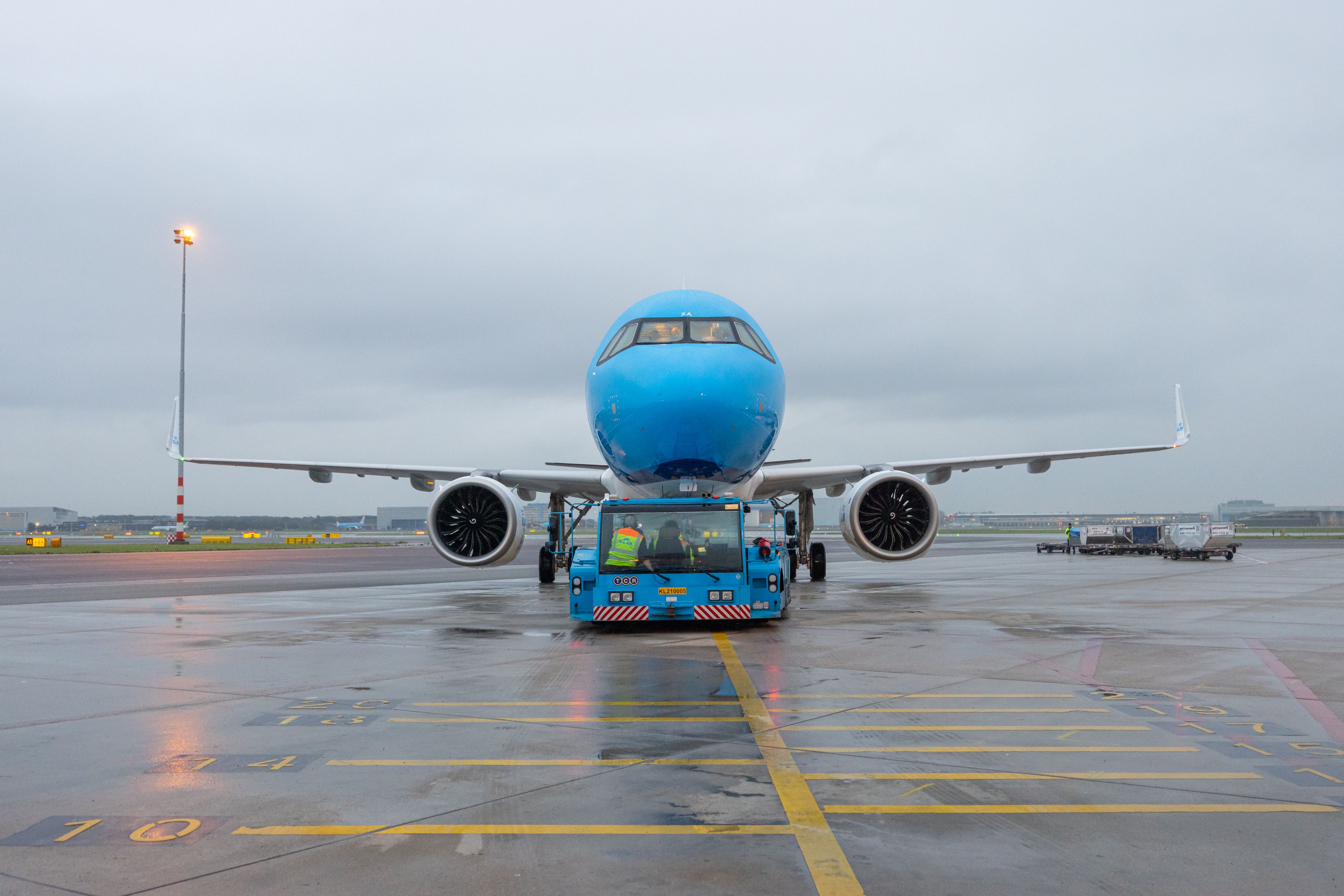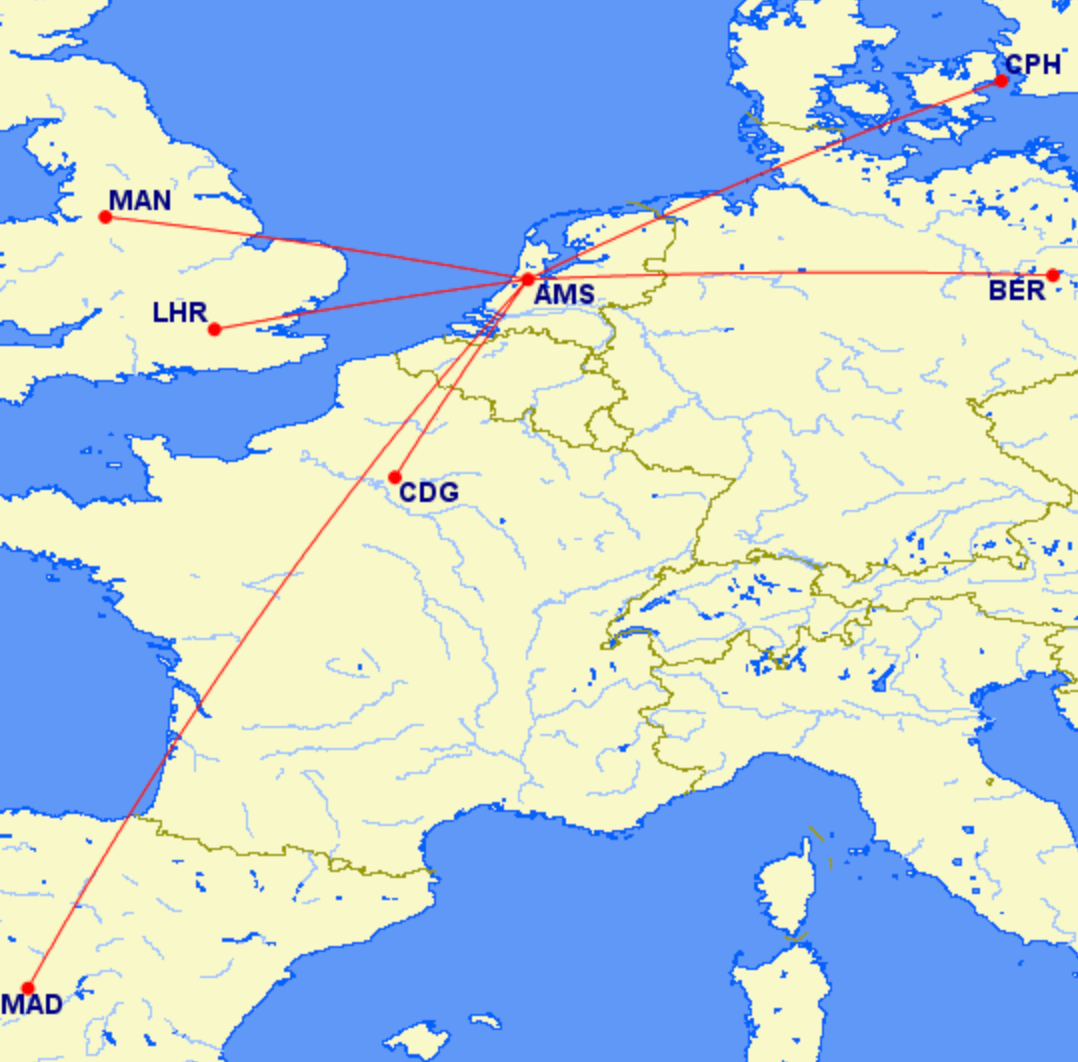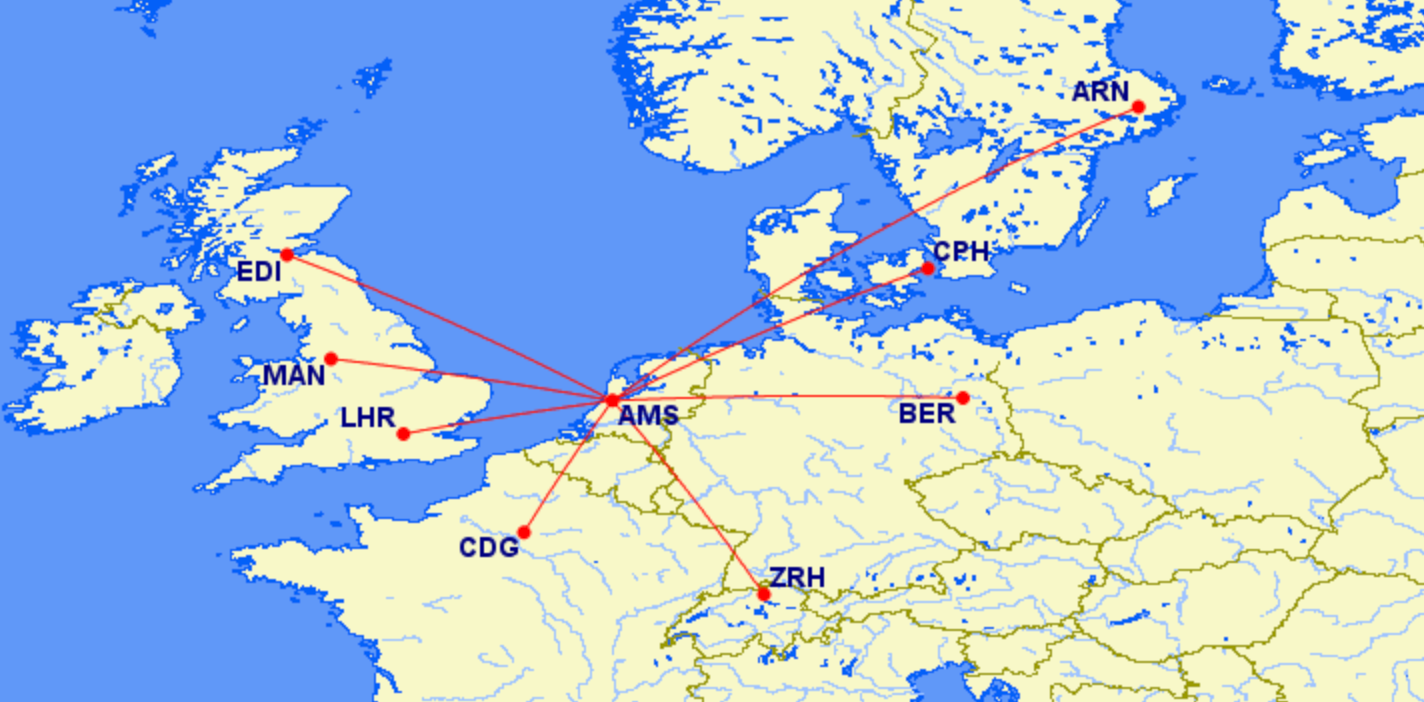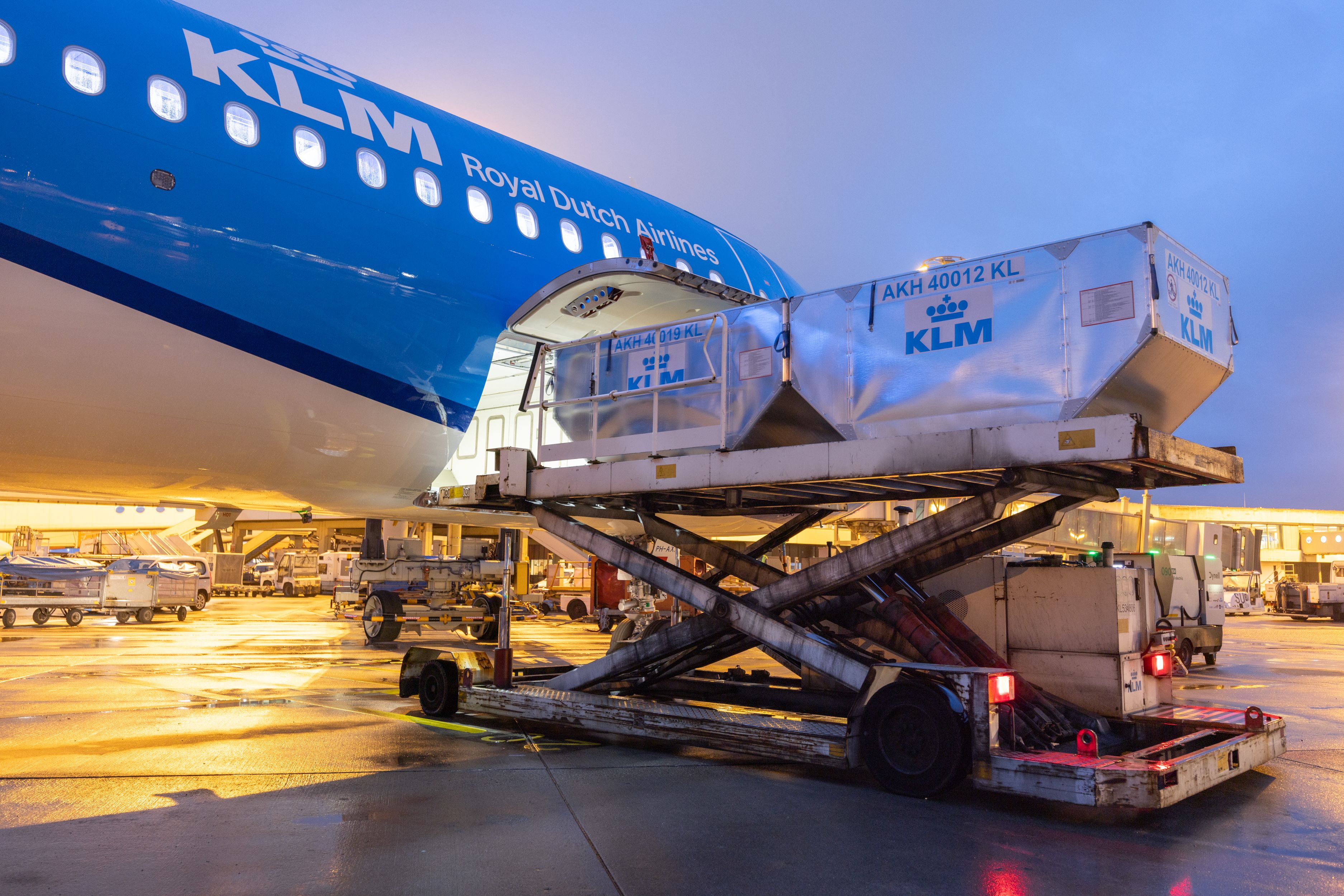On September 16th, KLM Royal Dutch Airlines
marked a new era for the airline as it introduced the Airbus A321neo to its fleet.
Having taken delivery of its first A321neo in August, the Dutch carrier finally welcomed the type into service on KLM flight KL1267 between Amsterdam Schiphol Airport (AMS)
and Copenhagen Airport (CPH).
On the same day, the aircraft, registered as PH-AXA, had been a busy bee, flying the return journey to the Dutch capital and then proceeding to fly return itineraries from AMS to Berlin Brandenburg Airport (BER) and Stockholm Arlanda Airport (ARN).
In total, on its first day of operations, KLM’s first-ever A321neo operated six flights, according to Flightradar24 records, with the aircraft finally returning to AMS at 22:47 local time (UTC +2).
Photo: Great Circle Mapper
KLM’s winter schedule with the A321neo
With the International Air Transport Association (IATA) summer season drawing to a close soon, much like elsewhere in the world, KLM’s schedule will shift to adapt to the seasonality in the Northern Hemisphere.
The IATA summer season 2024 will end on October 26, with the 2024/2025 winter season lasting until March 29.
Nevertheless, for the next few days, KLM has planned the A321neo
to operate an identical schedule to the one it had flown on September 16, connecting Amsterdam with the other three European capitals that are a short hop away from AMS.
Photo: KLM
In the next few weeks, KLM will add several other destinations that are scheduled to be operated by the type, according to the carrier’s previous announcement. As a result, in addition to the current trio of destinations served by the A321neo, the aircraft type will be seen in KLM’s colors at Paris Charles De Gaulle Airport (CDG)
, Prague Václav Havel Airport (PRG), and Vienna Airport (VIE).
In total, KLM has scheduled 41 weekly flights to six destinations with the A321neo in October, according to data from the aviation analytics company Cirium.
In November, the A321neo’s flight schedule will significantly change and will now include the following airports:
- Berlin Brandenburg Airport (BER)
- Paris Charles De Gaulle International Airport (CDG)
- Copenhagen Airport (CPH)
- London Heathrow Airport (LHR)
- Adolfo Suárez Madrid–Barajas Airport (MAD)
- Manchester Airport (MAN)
Photo: Great Circle Mapper
However, the number of weekly frequencies will remain the same, as KLM has still planned 41 weekly departures with the A321neo from AMS.
In a previous statement provided to Simple Flying, a KLM spokesperson said that the Dutch carrier would welcome its second A321neo at the end of September.
In the announcement about the type’s first flight, the airline noted that it would add three more A321neos by the end of 2024.
Ch-aviation data showed that Airbus should deliver PH-AXB next, with the site estimating the delivery date to be in September.
The aircraft, owned by the lessor CDB Aviation, still has yet to operate its first flight, with the aircraft, bearing the test registration D-AZAJ, being spotted at Hamburg Finkenwerder Airport (XFW) in mid-August.
A321neo’s summer destinations
In December, KLM’s weekly frequencies with the A321neo will grow to 61, with the type now flying to seven airports in Europe, namely ARN, BER, CDG, CPH, LHR, MAD, and MAN.
Preliminary looking forward data for the winter season showed that the Dutch carrier will continue adding weekly frequencies and destinations that should be served with its A321neo aircraft, and by January 2025, the schedule will expand to 80 weekly flights.
The destination list will include the same airports with the exception of Madrid, with KLM also adding Edinburgh Airport (EDI) and Zurich Airport (ZRH) to the list of airports served by its next-generation single-aisle jets.
Photo: Great Circle Mapper
KLM’s A321neo network will continue to expand, and by March 2025, the airline has planned to operate 101 weekly frequencies departing AMS with the type. However, the destination list will remain the same as it was in January 2025.
Unfortunately, data for the upcoming summer season of 2025 is not yet available. So far, Cirium’s schedule records showed that in April and the following four months, KLM will fly the A321neo to another new destination for the type: Rome Leonardo da Vinci–Fiumicino Airport (FCO).
The Dutch carrier has so far scheduled to serve FCO twice daily, averaging 227 seats per departure. According to the airline, the aircraft has 20 business, six premium economy, and 201 economy class seats, 17 of which are extra legroom seats.
Going transatlantic?
While so far, KLM has not announced any intentions to take its A321neos across oceans, including the Atlantic Ocean, the aircraft does have the range for it.
According to Airbus, the A321neo can fly distances up to 7,400 kilometers (around 4,000 nautical miles), yet it has to be noted that the real-world range of an aircraft depends on a number of factors, including weather.
Nevertheless, with JetBlue entering the long-haul game between Europe and the United States, including services to AMS, KLM could look to compete against the airline and others that have planned transatlantic services in the next few months.
Deploying the A321neo on crossings across the Atlantic Ocean could help the airline sustain routes during periods of low demand and compete against Aer Lingus, JetBlue, Iberia, Play, Azores Airlines, and TAP Air Portugal, which have utilized narrowbodies on transatlantic flights.
At the same time, with a solid regional feeder network, which will now also include SAS since the carrier has switched to SkyTeam, KLM is better equipped to fill widebodies even when demand for direct services remains much lower.
Photo: KLM
Then comes the question of whether the Dutch carrier’s customers would be interested in flying long-haul itineraries with the current product onboard its A321neos, including the fact that the type was equipped with the so-called ‘European’ business class, which effectively blocks off the middle seat for passengers flying in the front of the cabin.
For example, Iberia, which is poised to begin transatlantic crossings with the A321XLR in November, will equip the aircraft with lie-flat seats, offering additional comfort compared to a ‘European’ business class seat that the Spanish airline also offers on short-haul routes from Spain.
Thus, it was doubtful that KLM would venture into the long-haul single-aisle market, considering the current circumstances. However, if it ever wanted to make that move, at least it would now have the metal to do so.

